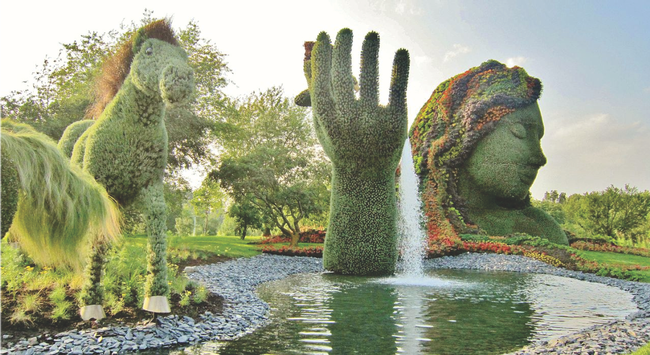This is the last post in this series following concepts and information from UC Master Gardeners of Napa County presentation, “Soil is the Solution, healing the earth one yard at a time,” https://www.youtube.com/watch?v=JqA8DqBtRuo . The presentation describes practices we can learn and implement about soil to help slow and ultimately reverse the damage humankind has done and slow global warming. Soil carbon sequestration has a great potential for reducing emissions at the lowest cost. Previous posts were May 24, June 7, June 28, July 19, and August 9, 2021.
It may seem obvious to practice judicious water use since nearly all of California is in extreme drought and our landscapes have dried to a crisp. Maybe the decision has been made to remove the lawn. The simplest path forward would seem to just stop watering altogether and watch it perish. This isn't advisable – water molecules bind together and if the lawn dries out completely, we're back in the dust bowl again. The soil becomes hydrophobic and water just runs off, taking precious topsoil with it as it flows down the gutter.

Field capacity is a term used to describe the amount water that is able to be held by soil after runoff and time to dry out a little bit. The more organic matter in the soil, the more available water there is for plants. A better choice than lifeless soil is to have some wonderful plants that have adapted to our summer-dry climate. The choices are endless, but a good place to start might be with UC Davis Arboretum All Star plants. Using the right plant in the right place will probably mean less pruning, maintenance and yard waste. Any waste that is collected can be used for mulch or a compost pile.
We can also keep water out of the gutter by using permeable hard surfaces for driveways and sidewalks. The water saving mantra is this: Catch it, slow it, spread it, sink it. Irrigating by hydrozones is another good practice. Achieve this by grouping plants together with similar water needs, adjusting irrigation times accordingly. Rain gardens can be installed to catch water. Create a depressed area in the landscape to collect rain from a roof or driveway allowing it to soak into the ground, making it a cost effective and beautiful way to reduce runoff from your property.
The final concept for reducing carbon in the atmosphere is to reduce energy. The usual suspect, cars, are mainly culpable, but it might be shocking to learn about the polluting capacity of gas powered leafblowers. Edmunds automotive engineering editor, Jason Kavanaugh, reported that a two-stroke leaf blower generated 23 times the CO and nearly 300 times more NMHC (non-methane hydrocarbons) than a crew cab pickup. In perspective, that means to equal the hydrocarbon emissions of about a half-hour of yard work with this two-stroke leaf blower, a person would have to drive a Raptor pickup for 3,887 miles, or the distance from northern Texas to Anchorage, Alaska. Right now would be a great time to rethink the use of these abusively noisy polluting nightmares, delegating them to a historical footnote.
A recap of what we have learned about healing the earth and what we should actively keep in mind:
- Increase soil organic matter
- Use compost, not chemicals
- Maximize living roots
- Minimize soil disturbance
- Keep soil covered
- Increase plant diversity
- Practice judicious water use
- Reduce energy use.
When it comes to our landscape practices, at the risk of sounding facile, maybe we can ask ourselves WWND, what would nature do? Let's help mother nature sequester carbon so she can breathe and so can we; she's been pretty good to us.
Napa Master Gardeners are available to answer garden questions by email: mastergardeners@countyofnapa.org. or phone at 707-253-4143. Volunteers will get back to you after they research answers to your questions.
Visit our website: napamg.ucanr.edu to find answers to all of your horticultural questions.
Photo credits: Richard McNeil, Creative Commons 3.0
References: https://arboretum.ucdavis.edu/arboretum-all-stars
https://www.edmunds.com/car-reviews/features/emissions-test-car-vs-truck-vs-leaf-blower.html